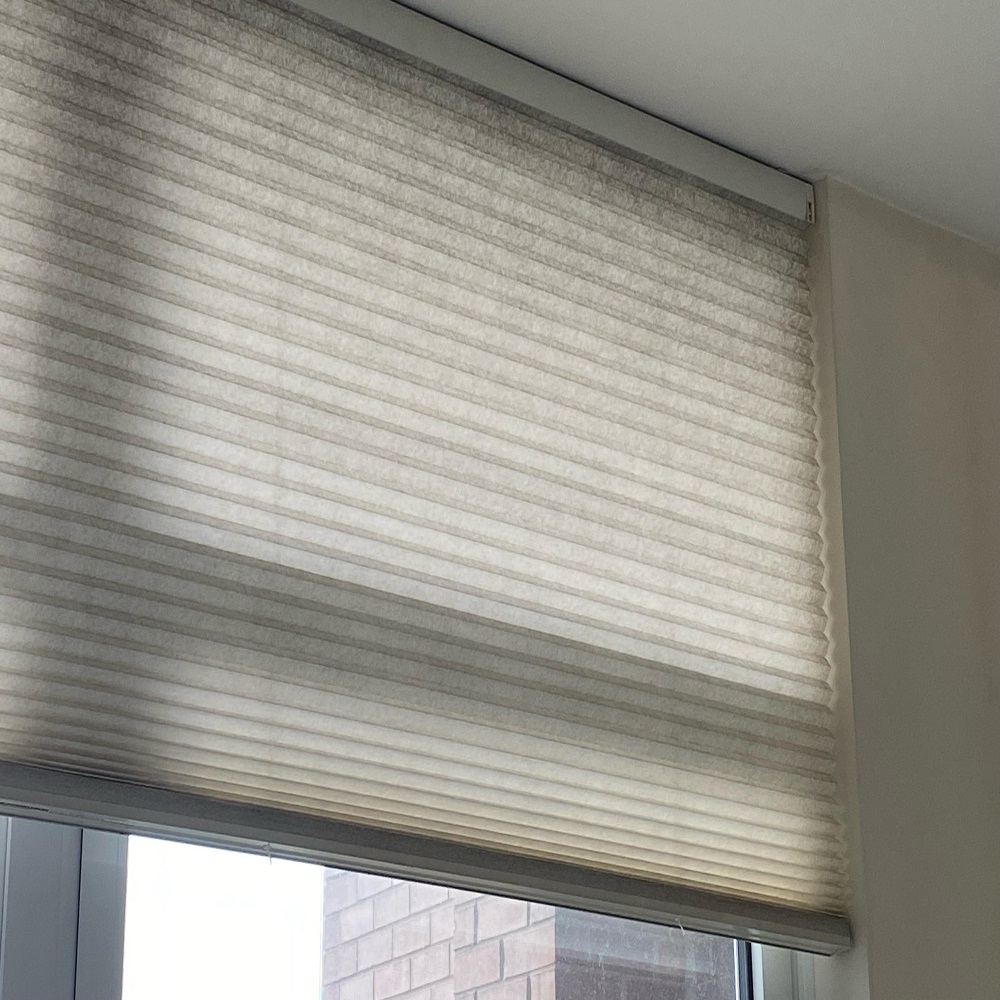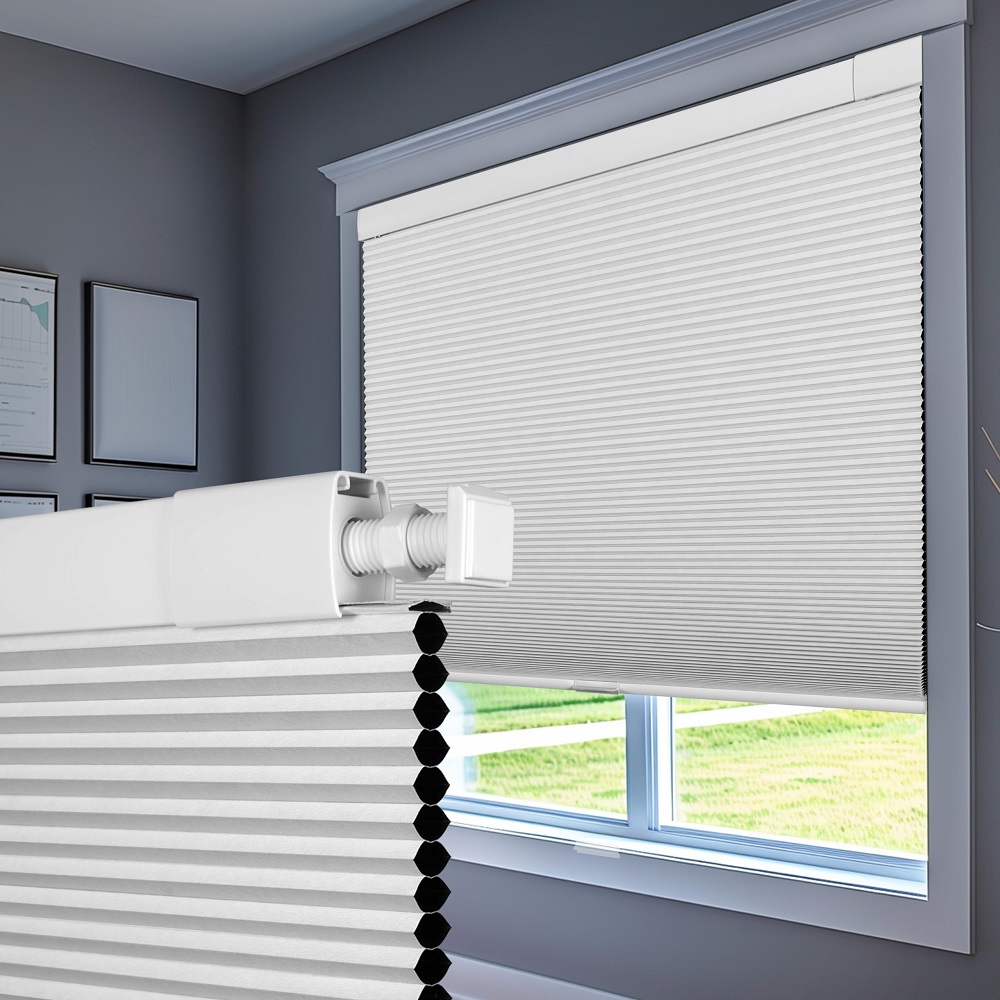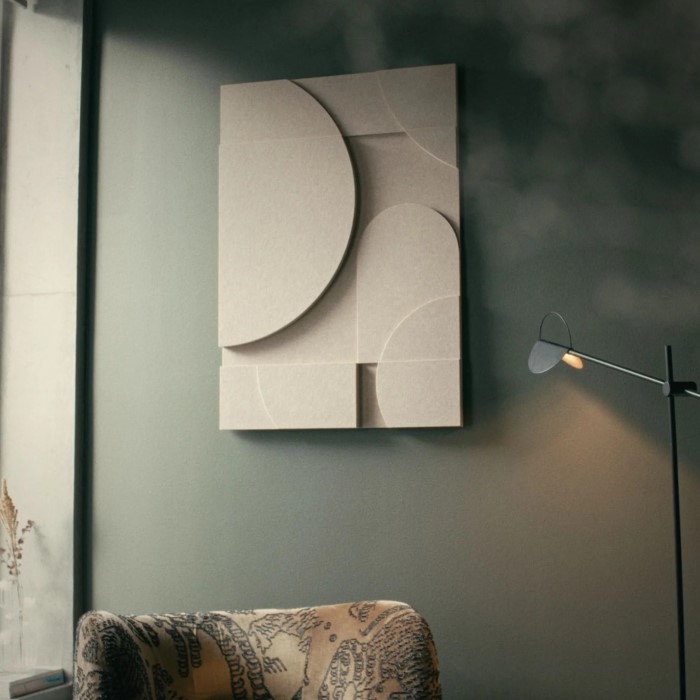As modern households evolve, so do the methods for controlling light and privacy in our living spaces. One of the most common features in homes worldwide is window blinds. Traditionally, blinds have been operated with strings, which can be cumbersome and sometimes prone to wear and tear. In this article, we will explore innovative strategies and advanced products to close blinds without a string, allowing for a more seamless and user-friendly experience.
The Traditional Dilemma of String-operated Blinds
Limitations of String Mechanisms
Traditional blinds commonly utilize a string mechanism for operation. While functional, these systems come with several limitations. First, strings can become tangled or frayed with continuous use, leading to operational issues. A tangled string can be frustrating to unravel and may result in inconsistent light control. Furthermore, the physical design of these blinds often requires the user to reach high or bend down, making them less accessible for people with mobility issues.
Moreover, maintaining the cleanliness and functionality of string-operated blinds can be a hassle. Dust and debris can accumulate on the strings, which over time can lead to unsightly appearances and diminished functionality. For families with small children or pets, loose strings can also pose safety hazards, as they can be used for tugging, climbing, or even entanglement. These limitations have sparked the demand for alternative methods to operate blinds more efficiently and safely.
Safety Concerns with String Mechanisms
In addition to the physical limitations, safety concerns particularly relate to children and pets play a significant role in driving the shift away from string-operated blinds. The U.S. Consumer Product Safety Commission (CPSC) has highlighted the risks associated with dangling blind cords numerous times. Reports of accidents involving young children and pets getting entangled in these cords have raised alarm and contributed to a push for safer window coverings.
To address these concerns, many manufacturers have started to create innovative blind designs that eliminate the need for potentially hazardous strings. This shift towards safer alternatives not only protects loved ones but also caters to an audience increasingly aware of safety features in their household items. Innovations like cordless blinds and automated options are gaining traction thanks to a growing recognition of these safety concerns.

Cordless Blinds: A Step Towards Simplification
Understanding Cordless Technology
One of the most significant strides in blinds technology has been the introduction of cordless blinds. These window coverings eliminate the need for string entirely, providing an efficient and safe alternative. Cordless blinds operate on a simple system that relies on gravity or built-in mechanisms to raise and lower the slats. Users only need to push or pull on the blind itself, making them much more user-friendly.
Cordless blinds come in various styles, including roller, honeycomb, and Venetian types, offering versatility to suit different décor. Not only do they provide a cleaner look, but they also enhance the overall safety of the home by reducing the risk of accident associated with dangling cords. In many cases, manufacturers design these blinds with easy-to-use features, ensuring they still function effectively without the traditional mechanism.
Benefits of Using Cordless Blinds
The benefits of embracing cordless blinds are numerous. First and foremost, these window treatments are incredibly easy to operate. A gentle push or pull on the bottom rail allows users to control light levels effortlessly. This ease of use is especially appealing for those with mobility issues or for families with young children.
Additionally, cordless blinds offer an aesthetic benefit, eliminating the clutter of strings and cords hanging next to windows. This streamlined approach not only enhances the overall appearance of your window treatments but also aligns with modern design trends favoring minimalism.
Another advantage of cordless blinds is that they tend to be easier to clean and maintain. With no strings to attract dust, a simple cleaning routine focusing on the surface is often sufficient. This feature appeals to busy homeowners looking for practical solutions that require less time commitment in upkeep.
Motorized Blinds: Automating Your Window Treatment
Introduction to Motorized Blinds
For those who appreciate technological advancements, motorized blinds present an appealing option. These blinds can be operated with the touch of a button, making them not only incredibly convenient but also a desirable feature in smart homes. Motorized blinds often connect to smartphones, smart home systems, or remotes, offering users unparalleled control over lighting and privacy.
Motorized blinds come in a vast range of styles, including roller shades and pleated shades, making it easy to integrate them into various interior designs. They can be programmed for scheduled operation, allowing the user to automate the opening and closing of blinds during different times of the day, enhancing both comfort and security.
Advantages of Implementing Smart Technology
Incorporating motorized blinds into your home offers several key advantages. The main benefit is convenience; with the push of a button, individuals can adjust their blinds from anywhere in the room or, for advanced systems, remotely when they are away. This level of control helps to enhance privacy and manage natural light effectively.
Moreover, motorized blinds can contribute to energy efficiency. By programming blinds to open during the day to allow sunlight in and close during peak heat hours, homeowners can significantly reduce energy costs. This function becomes particularly valuable in homes equipped with smart home systems that include temperature and light sensors to automate the process further.
From a security standpoint, motorized blinds can also enhance peace of mind. When programmed to open or close at random times during your absence, these blinds can create an illusion that someone is home, deterring potential intruders and safeguarding your property.

Z-Wave and Zigbee Technology: Further Enhancing Control
Overview of Smart Home Protocols
Digging deeper into the capabilities of motorized blinds leads us to smart home protocols like Z-Wave and Zigbee. These technologies allow different smart devices to communicate and work together, adding extra layers of automation to your window treatments. Z-Wave and Zigbee are popular choices, as they are designed for low-energy devices, making them ideal for battery-operated blinds.
Z-Wave technology operates on a mesh network, enabling reliable communication between devices, even over longer distances. Similarly, Zigbee can connect multiple devices seamlessly, allowing for intuitive operation within a smart home. By incorporating these technologies, you gain more control over various devices, ensuring they work in harmony to enhance your living environment.
Benefits of Integration
Integrating Z-Wave or Zigbee with motorized blinds leads to numerous benefits. One of the primary advantages is the added flexibility in how you control your blinds. Smart home systems can connect with various devices, allowing users to create customized scenes or routines linking multiple elements in their home. For example, you can program your blinds to close while dimming your smart lights in the evening to set a cozy ambiance.
Another benefit of utilizing these technologies is the control you gain over your blinds while you’re away. By linking your motorized blinds to a smart home hub that you can access remotely, you can adjust settings from anywhere, providing peace of mind regarding your home’s security and energy consumption.
Lastly, Z-Wave and Zigbee integration allows for expansion. As technology evolves, you may want to incorporate additional smart home devices over time. These protocols enable you to adjust and integrate various systems seamlessly without needing an entirely new setup, amplifying the investments you’ve already made.
Manual Alternatives for Simplifying Blind Operation
Exploring Manual Systems
While advanced technologies offer enhanced control for those wishing to fire up their living space, options are still available for those who prefer a more traditional, manual approach without strings. Some manufacturers have designed blinds with tilt mechanisms, allowing users to adjust slats for optimal light control without the need for cords.
These tilt mechanisms often come with a simple wand or handle that allows for easy manipulation of the slats. As you navigate the spectrum of available choices, the key is to find those that best align with your personal preferences and lifestyle.
Advantages of Manual Tilt Blinds
Choosing manual tilt blinds benefits several aspects of home management. The primary advantage is the user-friendly design that allows for easy accessibility without the need to mess with cords. A simple twist or turn of the wand can provide fine-tuned control over how much light enters the room or how much privacy is maintained, offering a tactile experience that appeals to many users.
Additionally, opting for a manual mechanism reduces the reliance on electricity and automated systems, leading to a lower carbon footprint. This choice reflects growing consumer preferences for sustainability and eco-friendliness.
Manual tilt blinds also often come in a variety of materials and styles, allowing more customization opportunities. From wooden to aluminum finishes, there’s a style that can fit any aesthetic seamlessly. These blinds can provide a tailored touch to rooms while still maintaining practicality without complicated operational mechanisms.

Conclusion: Embracing Innovative Solutions for Your Home
Finding the Right Method for Your Needs
With numerous options available for closing blinds without a string, it’s essential to consider your personal preferences, lifestyle, and safety needs when selecting the right solution. Cordless blinds offer simplicity and safety, while motorized options provide advanced functionality and convenience for smart homes. For those who prefer low-tech solutions, manual tilt systems allow for effective operation without the risk associated with strings.
Regardless of the decision you make, understanding the advantages of these alternatives reinforces the importance of evolving home practices to enhance quality of life. As the market trends shift toward safer and more intuitive window treatment solutions, homeowners are empowered to choose options that suit their unique lifestyles while contributing to a more modern home environment.
The Future of Window Treatments
As we advance further into the future, it’s evident that window treatment technology will continue evolving. With growing awareness around safety, efficiency, and design aesthetics, manufacturers will keep innovating, ensuring that consumers have access to the most effective and stylish solutions. By embracing these alternative methods to close blinds without a string, homeowners can enjoy a seamless blend of form and function in their living spaces, redefining convenience and safety in home management. As you consider your next home improvement project, explore innovative window treatment options that can transform your experience with light and privacy.








